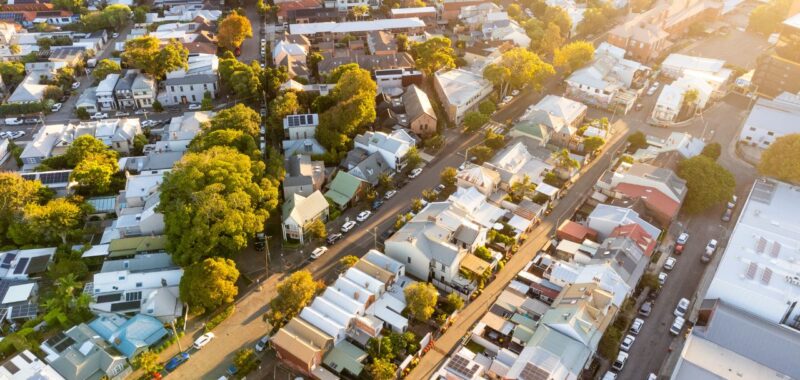The rental market is showing early signs of relief as price growth slows and supply increases, according to new research.
REA Group Director of Economic Research, Cameron Kusher, said while conditions remain challenging for renters, the market appears to be shifting towards more balanced conditions.
“Annual rental growth slowed in September, rising at half the rate compared to a year ago,” Mr Kusher said.
“However, at 7 per cent, annual growth of advertised rents still outpaced inflation, making it difficult for renters to afford properties.”
The national median rent rose to $610 per week in September, marking the slowest annual growth since September 2021.

Mr Kusher said tenants are adopting various strategies to cope with higher costs.
“In response to higher rental costs, tenants may look to reduce the size of their rental, move to a less desirable location or share their rental property with others to reduce the cost,” he said.
The research revealed capital cities recorded a median rent of $640 per week, up 6.8 per cent annually, while regional areas saw stronger growth, reaching $540 per week, an 8 per cent increase.
Over the past 12 months, rental prices increased across all capital cities, with Perth seeing the largest rise at 12.1 per cent, followed by Adelaide at 10.5 per cent, while Sydney and Melbourne experienced more moderate annual growth at 5.8 per cent and 7.5 per cent, respectively.
Demand has been particularly strong in more affordable and regional areas, where rental pressures remain high despite a general slowdown in rent growth.
The national rental vacancy rate stood at 1.3 per cent in September, slightly higher than the previous year, with capital cities recording 1.4 per cent compared to regional markets at 1.1 per cent.
“The challenging rental conditions have likely encouraged more renters with the means, to exit the rental market and purchase their own property,” Mr Kusher said.
“However, this is not possible for a large cohort of renters.”
Supply conditions showed improvement, with new rental listings increasing 8.6 per cent year-on-year, reaching the highest September levels since 2021.
“Even so, the market remains much tighter compared to prior to the pandemic and we expect rents to maintain an upward trend and supply to remain low on an historic basis,” Mr Kusher said.

